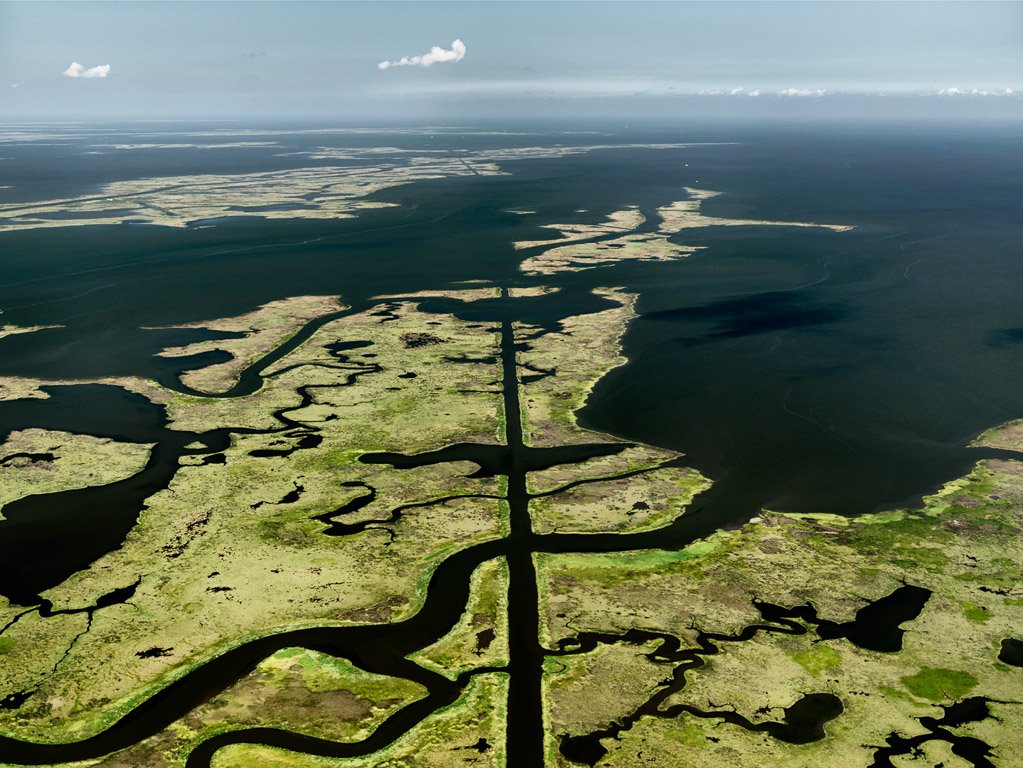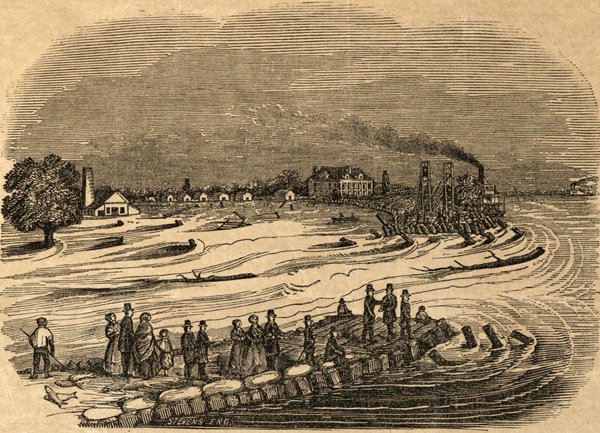
THE PLACE WITH NO EDGE
An Intimate History of People, Technology, and the Mississippi River Delta
The Place with No Edge about people’s dreams of mastering nature through technology in one of the wettest, most unruly landscapes of North America. Published with Louisiana State University Press in April 2020, it chronicles three centuries of European efforts to tame the Mississippi River Delta, and all the strange, intimate encounters with nature that resulted. Far from mastering nature, people became ever more intimately entangled with it.
From increasingly catastrophic floods to denuded cypress forests, from a rapidly eroding coast to the creeping dangers of toxic pollution, people’s attempts to control nature in the Mississippi River Delta frequently mired them in misadventure. By 2005, centuries of technological intervention in the delta had prepared the ground for Hurricane Katrina’s storm surge to devastate New Orleans.
The Place With No Edge reveals how people’s struggles to control nature are actually stories about intimacy, rather than mastery. To recognize our entanglements with nature is to recognize that our innovations often commit us to deep responsibilities toward the nonhuman world.
Six chapters and an epilogue span the period from the region’s first French fort, erected in 1700, through early 21st-century efforts to rescue the delta from disastrous coastal erosion.
The place with no edge won the John Brinckerhoff Jackson Prize and the Michael V.r. thomason book award.

"The Bell Crevasse": a massive 1858 levee breach on the Mississippi just upriver of New Orleans. Explosive crevasses like this one became more common as Louisianans tried to constrain flooding with river levees.

A logging pullboat in the Mississippi River Delta. Logging in the cypress swamps eventually led to higher flood risk in the region. Photo by George Francois Mugnier, c. 1880-1920. Image courtesy of the Louisiana State Museum.

Geophysical workers lay seismographic cable as they search for oil in the Mississippi River Delta, 1952. These intimate encounters with the delta wetlands paved the way for oil and gas extraction that would destroy the delta landscape. Image courtesy of Oil & Gas Journal.

A dredger excavates a petroleum canal in the Mississippi River Delta, c. 1963. Canals like this one led to rapid erosion of the coast and critical vulnerability to hurricane storm surges like Katrina's in 2005. Photograph courtesy of Oil & Gas Journal.

Aerial view of the delta's eroding coat. Note the pipeline canal. Dredging has been a major contributor to coastal erosion. Photograph by Edward Burtynsky, Oil Spill #15, Submerged Pipeline, Gulf of Mexico, June 24, 2000.